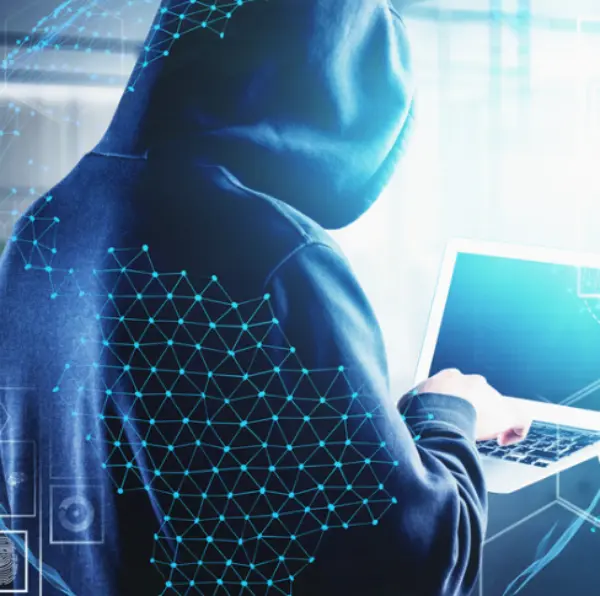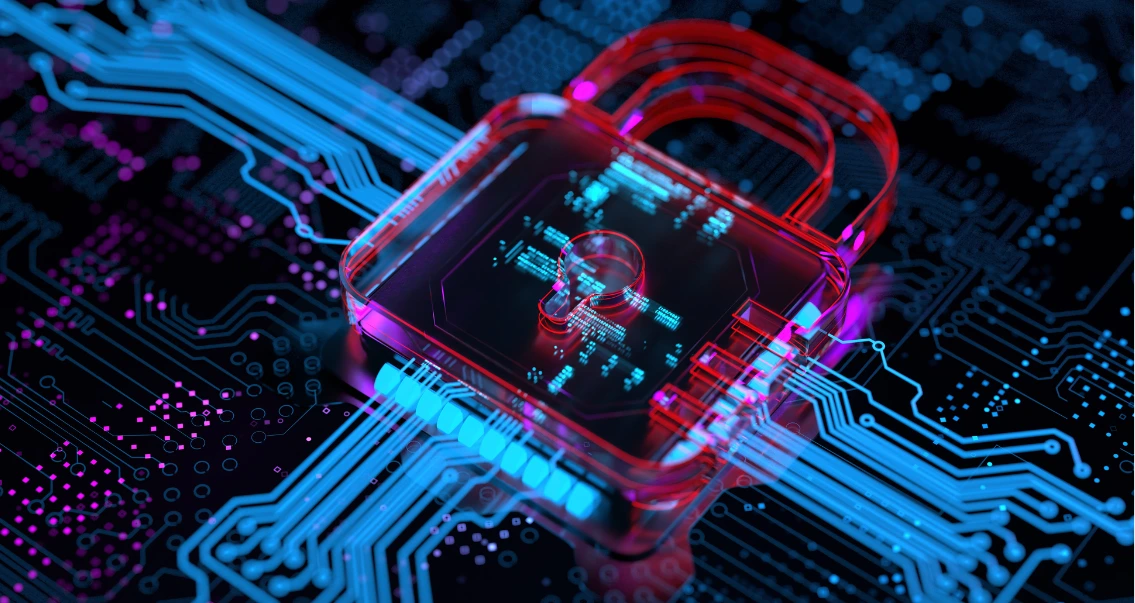Darky Lock Ransomware: In-Depth Analysis, Detection, and Mitigation
Unveiling Darky Lock: A Technical Deep Dive
Darky Lock belongs to a class of ransomware known as crypto-malware. It employs a robust encryption algorithm, typically AES-256, to scramble a victim’s valuable data, including documents, photos, and financial records. Once the encryption process is complete, Darky Lock appends a new extension to the filenames, often something like “.darkylock” or “.locked,” serving as a chilling notification of the attack.
Following encryption, Darky Lock unleashes a ransom note, typically a text file displayed prominently or placed within specific folders. This note outlines the attacker’s demands, which usually involve a hefty ransom payment in cryptocurrency, often Bitcoin or Monero, to secure a decryption key. The note may also include a timer, creating a sense of urgency and pressuring the victim into a hasty decision.
Darky Lock’s technical aspects
Delivery Methods
Darky Lock primarily relies on social engineering tactics to gain access to a victim’s system. Phishing emails, often crafted to appear legitimate and exploit trust, are a common weapon. These emails may contain malicious attachments disguised as invoices, reports, or even greeting cards. Clicking such attachments triggers the download of the Darky Lock payload. Alternatively, attackers might leverage compromised websites or exploit vulnerabilities in software to plant the ransomware.
Encryption Process
Once executed, Darky Lock scans the infected system for specific file types. These targeted files can be customized by the attacker but typically include documents, images, and databases crucial for daily operations. Darky Lock then employs a strong encryption algorithm to render these files unusable.
Command and Control (C&C) Servers
Darky Lock communicates with remote servers controlled by the attackers. These C&C servers house the decryption keys, facilitate communication with the victim, and manage ransom payments. Disrupting communication between Darky Lock and its C&C servers can hinder the attacker’s control and potentially prevent decryption.
Variants and Evolution
Darky Lock, like most ransomware, exhibits a characteristic of continuous evolution. New variants emerge with improved encryption methods, evasion techniques to bypass security software, and different ransom note formats. Staying updated on the latest Darky Lock variants is vital for effective detection and mitigation strategies.

The Dark Side of Darky Lock: Impacts and Consequences
A Darky Lock infection can have devastating consequences for individuals and organizations alike. The immediate impact is the loss of access to critical data, crippling day-to-day operations. Businesses face downtime, lost productivity, and potential financial losses. Additionally, the leaked data, if not properly secured, can lead to a breach of privacy and reputational damage.
Furthermore, succumbing to the ransom demands is a gamble. There’s no guarantee that paying will grant access to the decryption key. Even if it does, the organization has essentially financed the attacker’s operations, potentially emboldening them to target others.
The psychological impact of a Darky Lock attack can also be significant. The fear and uncertainty surrounding the attack can create a stressful environment for employees and damage trust in the organization’s security posture.
Battling the Darkness: Detection and Mitigation Strategies
Fortunately, there are steps you can take to safeguard yourself against Darky Lock and similar threats:
- Defense in Depth: Implement a layered security approach that includes firewalls, intrusion detection/prevention systems (IDS/IPS), and endpoint security software. Regularly update these systems to ensure they can identify and block the latest threats.
- Patch Management: Maintain a rigorous patch management process to address vulnerabilities in operating systems, software applications, and firmware. Attackers often exploit unpatched systems as entry points.
- Data Backups: Regularly back up your critical data to a secure, offsite location. In the event of an attack, a recent backup allows for swift recovery without negotiating with the attackers.
- Employee Education: Train your employees on cybersecurity best practices, including phishing email identification, password hygiene, and the importance of reporting suspicious activity.
- Network Segmentation: Segment your network to minimize the potential impact of a ransomware attack. This can help prevent the infection from spreading across your entire system.
- Incident Response Plan: Craft a detailed ransomware incident response plan that clearly defines actions for isolating compromised systems, minimizing the attack’s impact, and restoring data from secure backups.
- Regular Security Assessments: Conduct regular security assessments to identify
By integrating proactive cybersecurity measures with the all-encompassing defense provided by DataGuard Guardian Absolute, organizations can significantly enhance their ability to defend against Darky Lock ransomware and other evolving cyber threats. DataGuard Guardian Absolute offers advanced threat detection, real-time monitoring, and secure backup capabilities, creating a comprehensive strategy to safeguard data and systems from the severe consequences of ransomware attacks. Through this holistic approach, organizations can strengthen their resilience and effectively protect their valuable assets amidst the ever-expanding threats in the digital realm.




